#2nd century B.C.
Text
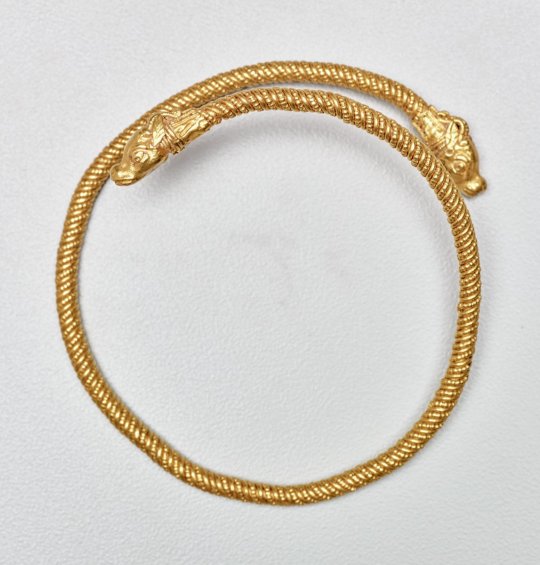
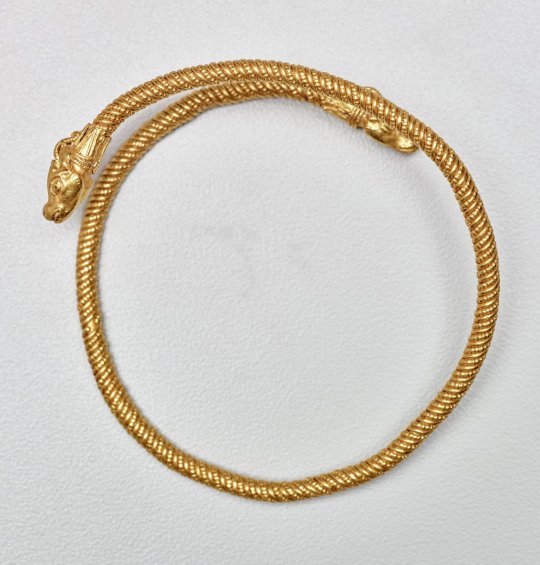


~ Gold bracelet with antelope heads.
Culture: Greek
Date: 2nd century B.C.
Medium: Gold, filigree
#ancient#ancient art#history#museum#archeology#ancient history#archaeology#greek#ancient greek#gold#gold bracelet with antelope heads#antelope#filigree#2nd century b.c.
2K notes
·
View notes
Text

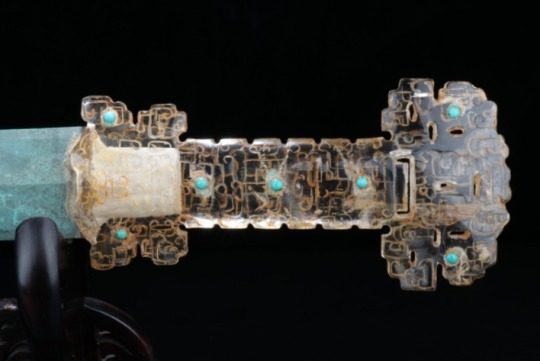
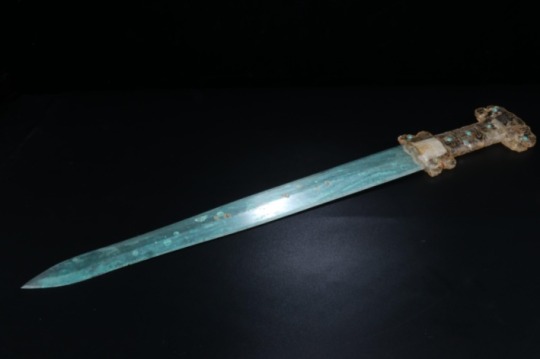
Chinese Bronze Sword With An Inlaid Rock Crystal, Turquoise and Gold Hilt
Warring States Period, Circa 4th - 2nd Century B.C.
#Chinese Bronze Sword With An Inlaid Rock Crystal Turquoise and Gold Hilt#Warring States Period#Circa 4th - 2nd Century B.C.#bronze#bronze sword#ancient artifacts#archeology#archeolgst#history#history news#ancient history#ancient culture#ancient civilizations#ancient china#chinese history#chinese art#art
2K notes
·
View notes
Text

Kapilikaya Rock Tomb. dating back to the 2nd century B.C. See more: themindcircle.com/ancient-architecture/
3K notes
·
View notes
Text

Hellenistic mosaic glass bowl, late 3rd-2nd Century B.C
1K notes
·
View notes
Text
Aziraphale’s Flaming Sword
get your mind out of the gutter - seriously it’s gonna get worse
i’m sure someone has already pointed this out and some meta post have been made but I just wanted to infodump about the actual history behind this sword so yeah

His sword is modeled after the Roman Gladius -or is it the other way around ;) - specifically the Pompeii version - so let’s just get into breaking this sword down
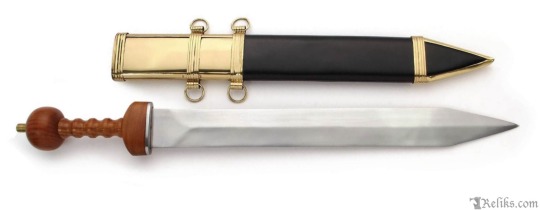
The Hilt
This type of sword has a three part hilt consisting of a pommel (which is used to counterweight the blade), a grooved wood grip (so your fingers fit better and thus have a stronger grip), and a guard (protects the hands from slipping onto the blade)
The Blade
For the Pompeii version of this sword it has double-edge sides that are parallel and come to a short, strong point - typically it would be made out of steel
Size
Usually ranged from 18-28 inches as it continually got smaller and smaller over the years
The History
(the most widely excepted one at least)
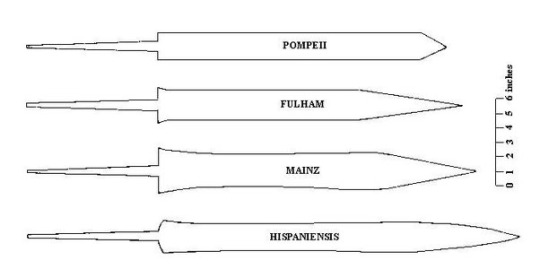
The Pompeii is actually one of the latest versions of the Roman Gladius so let’s go back to the beginning
The official origins of this sword have been up for debate but as for how it came under Roman influence that is credited to the Punic Wars in 3rd century B.C. (Republican Rome) - specifically to the Iberians who were allies to the Carthaginians and used a short sword that came to be called the “gladius Hispaniensis.” After the wars the Roman army (besides the cavalry) adopted these swords and began to make changes to better suit their needs.
Thus the Mainz-Fulham gladii came to be. It was their first attempts at making this devastatingly destructive sword the perfect sword for their use so they pretty much ended up retaining the shape (wasp-waisted) and only really making it shorter - mainly used to get through chainmail
Then the Pompeii version comes along with new parallel sides and a shorter tip - along with also making the whole sword smaller once again - mainly used to get through plate armor
This sword would then last the Roman legionary and auxiliary infantry until 2nd century A.D. when they are replaced with the spatha
But in the end this sword served the Roman Empire for more than three centuries, in both their Republic and Imperial times - that’s pretty damn impressive
Fighting Tactics

The Romans are pretty iconic for their tight formations and their Scutum shields
They also carried three different types weapons with them - couple of spears/javelins, a short sword, and a dagger. Obviously we are going to focus on the short sword
Soldiers actually wore their swords on their right side instead of their left because they were in such tight formation they didn’t have room to draw it across their body
With the exception for a Roman Centurion - who were commanders of a unit of about 100 soldiers and 60 of these guys(and their men) made up a Legion - as they wore their swords on the left
Now for what made the gladius so useful to the Romans was that it is mainly a thrusting sword - quick and efficient stabbing - which worked best with their formation but because it was also a double-edged sword it was great at cutting too if their formation ever broke
What they would do is while they were in their formations and trying to advance on the battleground they would take their sword and thrust it beside or above the shield - if they hit their target it more than likely resulted in a fatal injury. Though they weren’t above cutting their opponents at the knees - quite literally because if the opportunity arose they would lift their shields above them and slash at their knees.
It was all a very efficient way of fighting that served them well
obviously this is a very condensed version of a lot of history but it is the Human history behind Aziraphale sword
(and yes this is the type of sword the Roman soldiers have on them at Jesus’s crucifixion)
#quite literally just the history behind the sword#nothing else#good omens#good omens 2#aziraphale#aziraphale’s sword#good omens meta
243 notes
·
View notes
Text

Marble statue of a wounded Amazon. Roman 1st–2nd century CE. x
In Greek art, the Amazons, a mythical race of warrior women from Asia Minor, were often depicted battling such heroes as Herakles, Achilles, and Theseus. This statue represents a refugee from battle who has lost her weapons and bleeds from a wound under her right breast. Her chiton is unfastened at one shoulder and belted at the waist with a makeshift bit of bridle from her horse. Despite her plight, her face shows no sign of pain or fatigue. She leans lightly on a pillar at her left and rests her right arm gracefully on her head in a gesture often used to denote sleep or death. Such emotional restraint was characteristic of classical art of the second half of the fifth century B.C.
The original statue probably stood in the precinct of the great temple of Artemis at Ephesos, on the coast of Asia Minor, where the Amazons had legendary and cultic connections with the goddess. The Roman writer Pliny the Elder described a competition held in the mid-fifth century B.C. between five famous sculptors, including Phidias, Polykleitos, and Kresilas, who were to make a statue of an Amazon for the temple. This type of statue is generally associated with that contest.
430 notes
·
View notes
Text


“Dionysos (wine-god)”, head wreathed with vines and holding a bunch of grapes. (2nd century A.D. copy of a lost Greek original (3rd century B.C.). The British Museum, London. marble
264 notes
·
View notes
Text

Belt clasp
Caucasus, ca. 1st–2nd century CE
In the late second millennium B.C., the tradition of lively animal-ornamented bronzes begins in the Caucasus region. Stylized animals with small waists, arched necks and backs are seen on numerous bronze tools including axes and pins, and are found in Georgia, Armenia, Azerbaijan, and the Northern Caucasus by the beginning of the Late Bronze and Early Iron ages.
141 notes
·
View notes
Text

Head from a Figurine of a Aphrodite
2nd century B.C.
Unknown artist/maker
Not currently on view the getty
69 notes
·
View notes
Text

Atalanta #2 "the Way of the Hunter"
Having been successfully rescued and nourished by the she-bear, one day the child, having been left alone, is come upon by a couple of Hunters tracking prey. Seeing the discovery as the will of their hunting patron god, Artemis, the men take the child and dutifully raise her into a skillful hunter, tracker and archer; ever in the service of Artemis.
Because Artemis was the goddess of the hunt, wilderness, and wild animals, she was popular with hunters. And, although the goddess was associated with childbirth and fertility, she herself was celibate, vowing to forever remain a virgin. The hunters, stalking their prey through the forest, wear shawls like cloaks called a Chlamys.
In the background of my illustration we can see one of the seven wonders of the ancient world, the “Temple of Artemis” at the city of Ephesus, (west coast of turkey). Here was a powerful and unique cult, with a more fertility centric Artemis Ephesia, a goddess rooted in Egyptian or Near east great mother goddesses; The site had annual festivals with games and theater performances, where young, single Greeks could seek out marriage partners.
The 2nd century B.C. Greek poet Antipater described it thus; “I have set eyes on the wall of lofty Babylon on which is a road for chariots, and the statue of Zeus by the Alpheus, and the hanging gardens, and the colossus of the Sun, and the huge labour of the high pyramids, and the vast tomb of Mausolus; but when I saw the house of Artemis that mounted to the clouds, those other marvels lost their brilliancy, and I said, "Lo, apart from Olympus, the Sun never looked on aught so grand".
Like this art? It will be in my illustrated book with over 130 other full page illustrations coming in June to kickstarter. to get unseen free hi-hes art subscribe to my email newsletter
Follow my backerkit kickstarter notification page.
Thank you for supporting independent artists! 🤘❤️🏛😁
#greekmythology#greekgods#pjo#mythology#classics#classicscommunity#myths#ancientgreece#ovid#archer#artemis
58 notes
·
View notes
Text



~ Statue of Hercules.
Date: 2nd century B.C.
Medium: Gilded bronze
Provinience: Rome, Capitoline Museums, Palazzo dei Conservatori, Area of the temple of Jupiter Capitolinus (Roma, Musei capitolini, Palazzo dei Conservatori, Area del Tempio di Giove Capitolino).
#ancient#ancient art#history#museum#archeology#ancient sculpture#ancient history#archaeology#statue of heracles#heracles#gilded bronze#2nd century b.c.
615 notes
·
View notes
Text
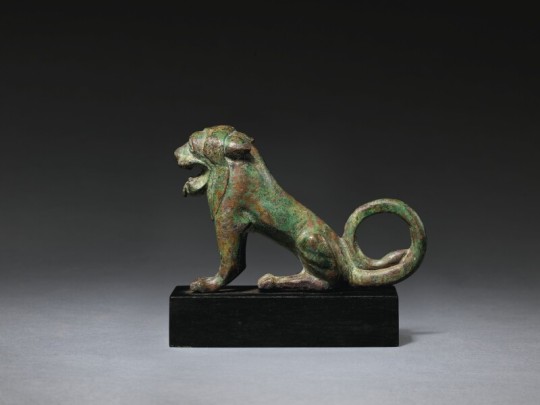

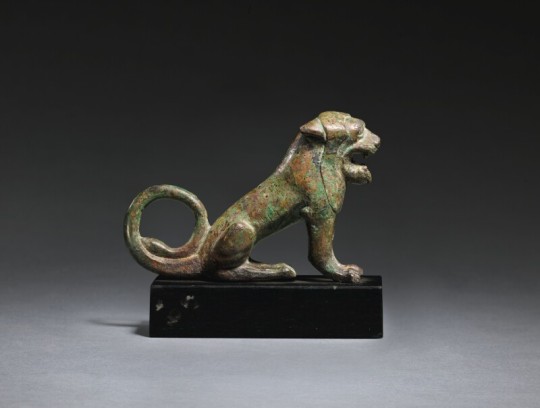
AN ETRUSCAN BRONZE FIGURE OF A LION
2ND HALF OF THE 6TH CENTURY B.C.
Seated with gaping mouth, extended tongue, and bared teeth, the long tail curled up to the haunches, the ribs incised.
Height 7.3 cm.; length 10 cm.
#AN ETRUSCAN BRONZE FIGURE OF A LION#2ND HALF OF THE 6TH CENTURY B.C.#bronze#bronze sculpture#bronze statue#ancient artifacts#archeology#archeolgst#history#history news#ancient history#ancient culture#ancient civilizations#ancient art#etruscan history#etruscan art
83 notes
·
View notes
Text
unexpected 成語 (idiom) lesson on
Bluey ~ The Sign (S03?E49?) 🙀😻
The story that Calypso was reading to Bluey's class? That is the story behind the Chinese idiom,

塞翁失馬 [焉/安知非福]
usually, only the first part (塞翁失馬) is uttered in practical use
🇭🇰🇲🇴 coi³ jung¹ sat¹ maa⁵ [jin¹/on¹ zi¹ fei¹ fuk¹]
🀄 ㄙㄞˋ ㄨㄥ ㄕ ㄇㄚˇ [ㄧㄢ/ㄢ ㄓ ㄈㄟ ㄈㄨˊ]
🀄 sài wēng shī mǎ [yān/ān zhī fēi fú]

Literal meaning: The old man of the frontier lost his horse (how could he know if this is not fortuitous?)
Meaning: Similar to the sayings, “a blessing in disguise”, “every cloud has a silver lining”.


And there's actually a Wiki entry for this! Quote from Wiki:
“One of the most famous parables from the Huainanzi (淮南子; 'Master of Huainan'), chapter 18 (人間訓; Rénjiānxùn; 'In the World of Man') dating to the 2nd century B.C. The story exemplifies the view of Taoism regarding "fortune" ("good luck") and "misfortune" ("bad luck").
The story is well-known throughout the East Asian cultural sphere and is often invoked to express the idea of "silver lining" or "blessing in disguise" in Chinese, Vietnamese, Korean, and Japanese.”




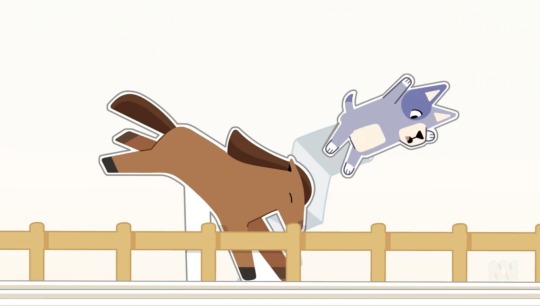
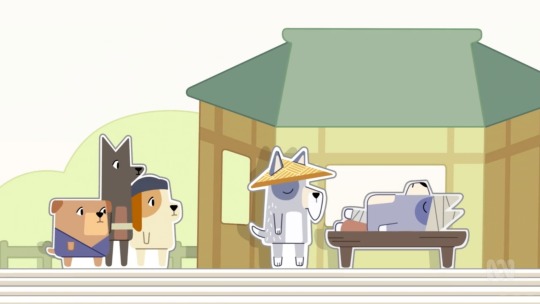



The Chinese language nerd in me was getting increasingly stoked as Calypso read out more and more of the story…I was like, wait a minute…this sounds bloody familiar…and then I had my Aha! 🙀 moment…😸
62 notes
·
View notes
Text

Statuette of a Dancing Woman
Artist: Unknown : Greek
2nd century B.C.
Dimensions: 10 13/16 × 7 3/16 × 4 3/4 in. (27.5 × 18.2 × 12.065 cm)
195 notes
·
View notes
Text
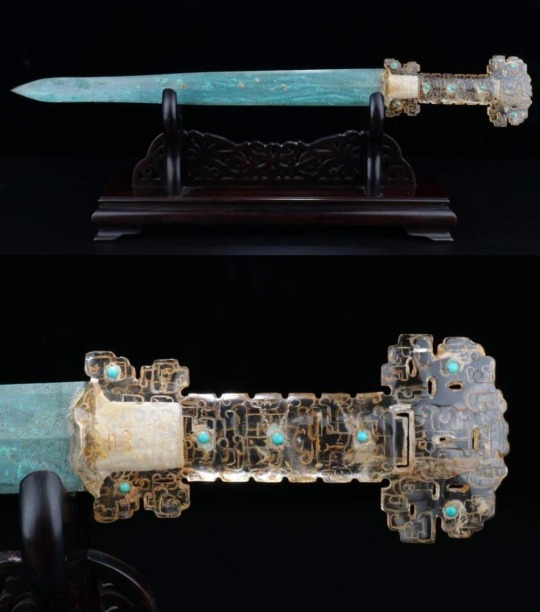
Chinese Bronze Sword With An Inlaid Rock Crystal, Turquoise and Gold Hilt
Date: Warring States Period Circa 4th - 2nd Century, B.C.
Collection and Photo Credit: Cardale Auctioneers
Source: historicmysteries.com via Facebook
645 notes
·
View notes
Text



Head of an Alexander the Great, Konuralp, Turkey
Marble, 2nd Century
Alexander was one of the most famous rulers of the ancient world. Born in 356 B.C., he became the king of Macedonia, a territory north of Greece, in 336. His father, Philip II of Macedon, had already succeeded in uniting Greece under his rule.
Although not born in Greece, Alexander was enamored of Greek culture and spread it as he began a campaign of military conquests to the south and east, which culminated in his defeat of the powerful Persian Empire in a series of battles between 334 B.C. and 331 B.C.
Alexander the Great died in 323 B.C, so the statue may have been made more than 400 years after his death.
Image credit: Düzce Municipality
#art#history#style#archeology#sculpture#head#alexander the great#turkey#konuralp#2nd century#hairstyle#macedinia
80 notes
·
View notes